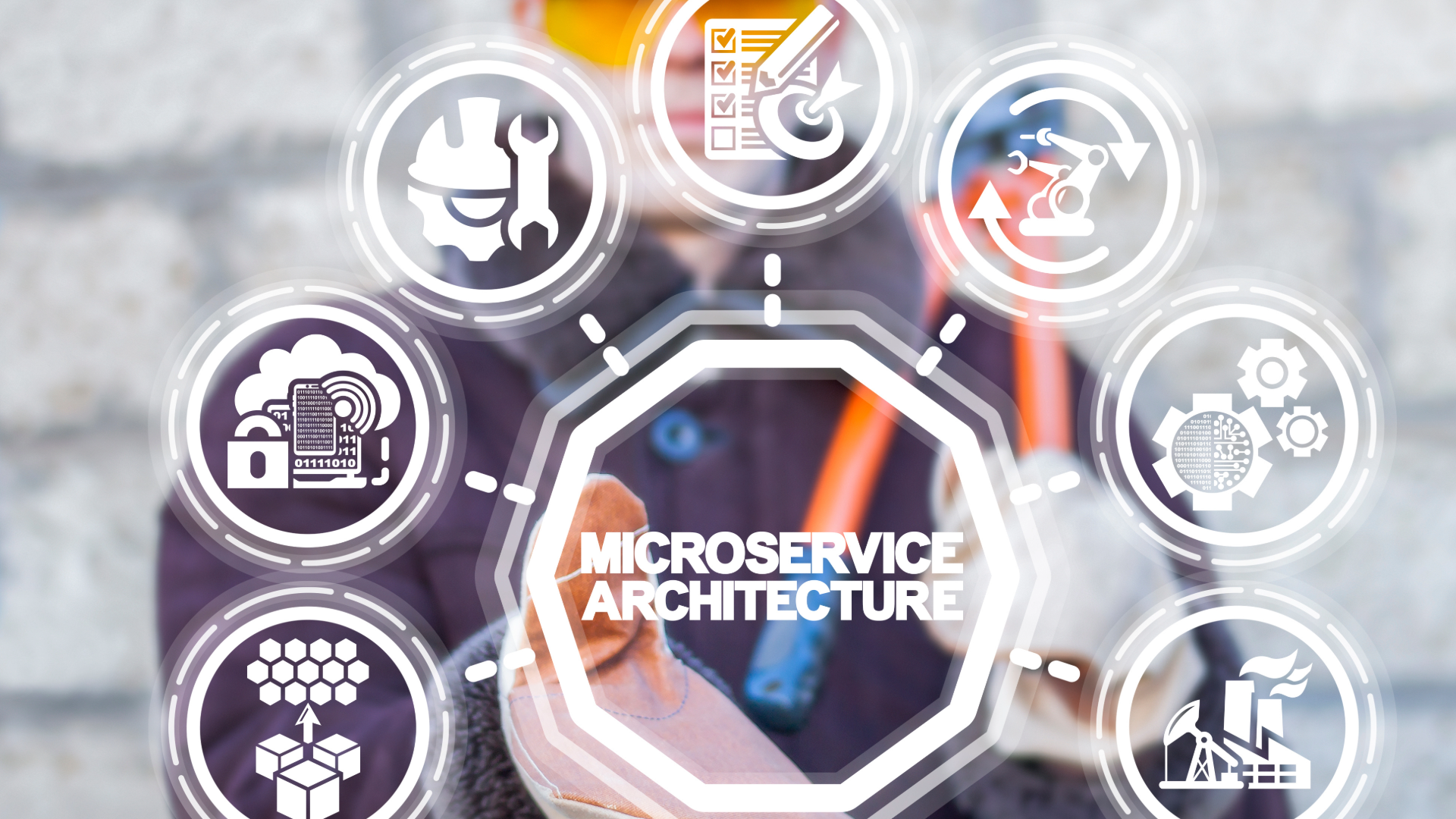Software developers traditionally build systems using monolithic architecture where a software application is developed and deployed as one unit, not in modules, but with all the components and functionalities of the application tightly integrated and packaged together. This is changing now because this method does not allow for better modularity, scalability, and easier maintenance as architectural patterns like microservices do.
Microservices are an architectural approach to software development that builds the entire software application in small separate modules that can be deployed individually and communicate with each other through well defined API’s working together for the overall function of the system.
This modular approach is a breath of fresh air when it comes to resilience and fault isolation because if one module fails or is compromised, the entire system is not affected and developers can focus on debugging and fixing that one module.
Some key advantages of microservices include the following, generated by ChatGPT:
- Modularity and Scalability: Microservices break down an application into smaller, independent services. Each service can be developed, deployed, and scaled independently, making it easier to manage and scale complex applications.
- Flexibility: Different services within a microservices architecture can be developed using different technologies and programming languages. This allows teams to use the most appropriate tools for each specific service’s requirements.
- Continuous Deployment: Microservices enable continuous integration and continuous deployment (CI/CD) practices. Teams can develop, test, and deploy individual services without affecting the entire application, leading to faster releases and reduced risk.
- Isolation and Fault Tolerance: Since services are decoupled, a failure in one service doesn’t necessarily bring down the entire application. This isolation improves fault tolerance and system reliability.
- Team Autonomy: Development teams can work independently on different services, allowing for greater autonomy and faster development cycles. This is especially beneficial in large and complex projects.
- Scalability and Resource Efficiency: Microservices allow you to allocate resources based on the specific needs of each service. This resource efficiency can lead to cost savings in terms of infrastructure and computing resources.
- Technology Heterogeneity: As technologies evolve, it’s easier to upgrade or replace individual services without affecting the entire application. This enables easier adaptation to new technologies and tools.
- Enhanced Performance: Microservices can lead to improved application performance since services can be optimized individually for their specific tasks.
- Easier Maintenance: Smaller, more focused services are generally easier to maintain and debug compared to monolithic applications. Updates and bug fixes can be applied to specific services without affecting the entire system.
- Innovation and Experimentation: Microservices encourage innovation as they allow teams to experiment with new ideas and features independently without a major impact on the whole application.
- Microservices Ecoystem: With the rise of microservices, a rich ecosystem of tools, frameworks, and platforms has emerged to help with service discovery, load balancing, and more.
One other major reason for transitioning development from monolithic to microservices is to develop decentralized applications (dApps) that run on a blockchain for Web3, a decentralized Internet, where API’s and microservices play a huge role in the interoperability and integration between different decentralized technologies and platforms as explained by Vishwakarma (2022).
Developing for Web3 will add more security to applications because they will be running on a blockchain whereas there’s not much difference between the security of a monolithic system and microservices on the centralized Internet.
Although microservices add complexity to applications it is a better trade off because future systems need to be highly interoperable and to integrate seamlessly with other systems.
References:
- Vishwakarma, S. (2022) Web 3.0: The Role of APIs and Microservices. [online]. (Last updated 9 January 2023). Available at https://www.analyticsvidhya.com/blog/2022/12/web-3-0-the-role-of-apis-and-microservices/ [Accessed 23 August 2023]

Leave a Reply